11 Drought-Tolerant Ground Covers That Make Weed Control Easy
Looking for low-maintenance ground covers that can withstand dry conditions while keeping weeds at bay? Several drought-tolerant plants form dense mats, effectively blocking sunlight and preventing unwanted growth. These hardy options not only conserve water but also help maintain a clean, weed-free garden with minimal effort. Whether you are aiming to reduce your garden’s water usage or simplify weed control, these ground covers offer both beauty and practicality.
This post may contain affiliate links, which helps keep this content free. Please read our disclosure for more info.
Creeping Thyme
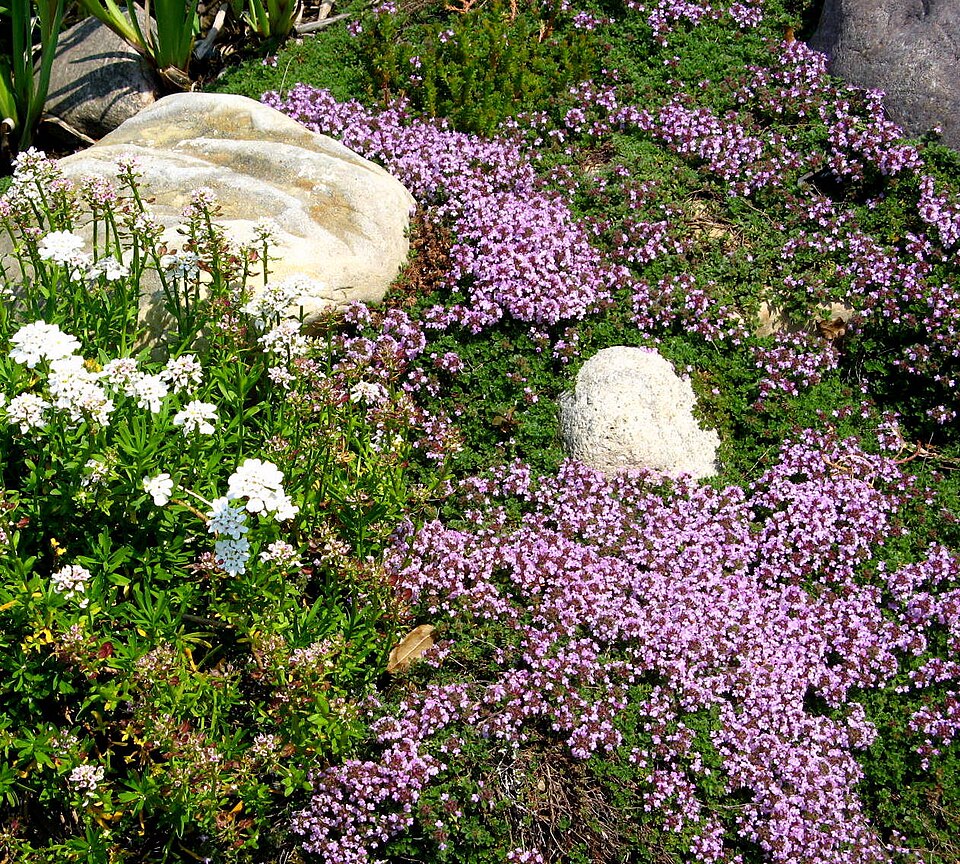
Creeping thyme is an excellent choice for dry, sunny areas. This low-growing perennial forms dense mats that effectively suppress weeds by outcompeting them for light and space. Its aromatic foliage is a bonus, attracting pollinators like bees and butterflies. Once established, it requires very little water, making it perfect for drought-prone regions.
The mat-like structure of creeping thyme’s growth pattern makes it difficult for weeds to take root. Its ability to spread rapidly creates a thick carpet that blocks sunlight, discouraging weed germination. Additionally, its deep root system helps it thrive in poor soil conditions while maintaining its weed-suppressing ability.
Sedum (Stonecrop)
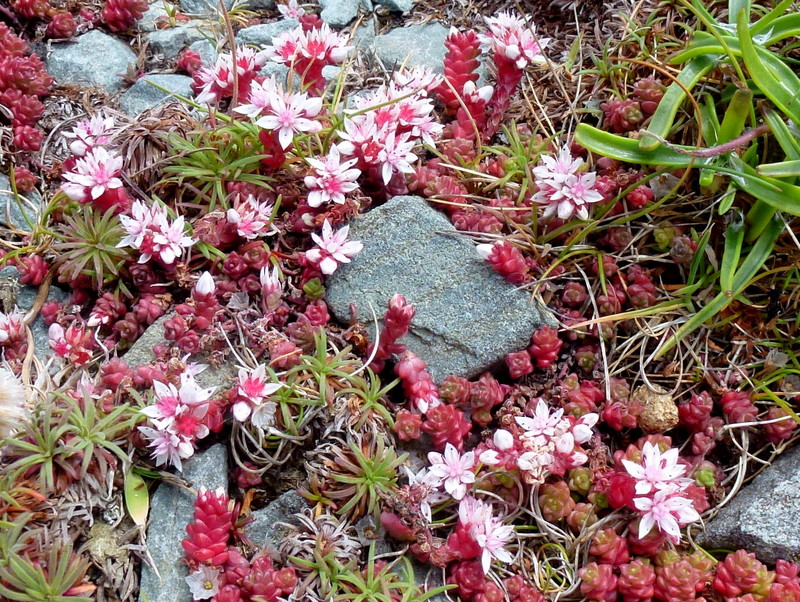
Sedum, or stonecrop, is a versatile, drought-tolerant ground cover that thrives in full sun and well-drained soil. It forms a dense, fleshy mat that can prevent weeds from taking root by outgrowing them. Sedum’s low-maintenance nature and ability to store water in its leaves make it ideal for areas with limited rainfall.
By covering the soil with a thick layer of leaves, sedum limits the soil’s exposure to sunlight, effectively reducing the chances for weed seeds to germinate. Its fast-growing habit also helps it fill in empty spaces, leaving little room for unwanted plants to grow.
Creeping Jenny (Lysimachia nummularia)
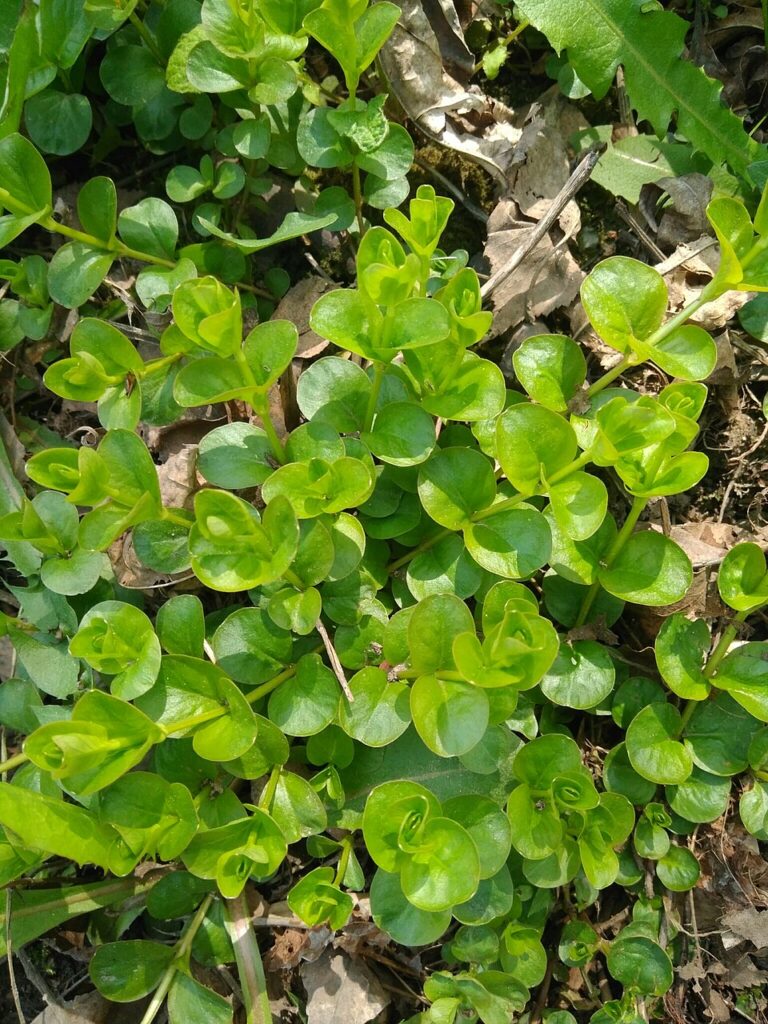
Creeping Jenny is a vibrant, fast-growing ground cover that spreads quickly to form a dense carpet. It is highly drought-tolerant once established, making it a great choice for areas with low water availability. The glossy, round leaves and small yellow flowers make it an attractive option for gardens, while its growth habit makes it ideal for suppressing weeds.
The dense growth of Creeping Jenny outcompetes weeds for nutrients, space, and sunlight. By covering the soil thoroughly, it prevents weed seeds from finding a suitable spot to grow. Additionally, its ability to thrive in poor soil conditions gives it an advantage in areas where other plants might struggle.
Ajuga (Bugleweed)

Ajuga is a fast-growing ground cover known for its ability to form thick mats that help prevent weed growth. This evergreen plant thrives in both sun and partial shade, making it versatile for a variety of garden settings. It is drought-tolerant and can withstand periods of dryness once established.
Ajuga’s dense foliage and spreading habit help prevent sunlight from reaching weed seeds. As it grows, it crowds out weeds by covering the soil and leaving little room for other plants to establish themselves. Its attractive purple flowers also add a pop of color to the garden.
Blue Fescue (Festuca glauca)
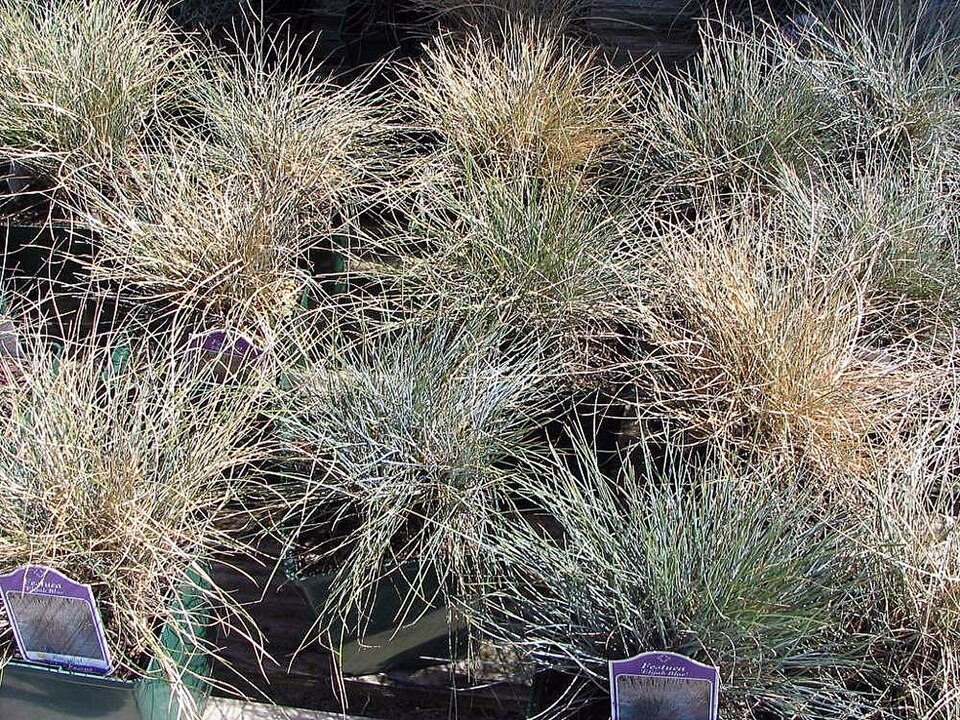
Blue fescue is a clumping grass that works well as a drought-tolerant ground cover. It is known for its fine, silvery-blue foliage and compact growth. Once established, it forms a dense mat that can inhibit weed growth by preventing light from reaching the soil.
This ornamental grass requires minimal water and maintenance, making it ideal for low-water gardens. Its dense growth habit creates a natural barrier against weeds, effectively suppressing unwanted plants without the need for chemicals or heavy maintenance.
Creeping Myrtle (Vinca minor)
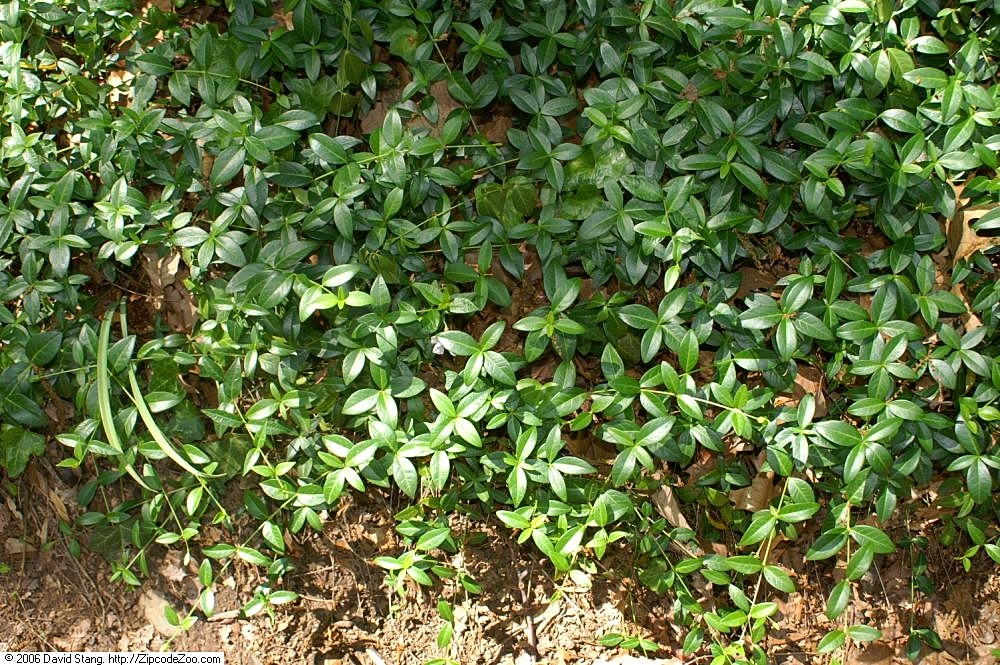
Creeping myrtle, also known as periwinkle, is a popular ground cover that thrives in both sun and shade. Its dense, evergreen foliage creates a thick carpet that helps suppress weeds. Creeping myrtle is drought-tolerant and can endure long dry spells once established, making it an ideal choice for areas with minimal water.
The sprawling habit of creeping myrtle helps it crowd out weeds by blocking sunlight from reaching the soil surface. Its rapid growth also ensures that it quickly covers any bare spots, leaving little opportunity for weeds to take hold.
Pachysandra
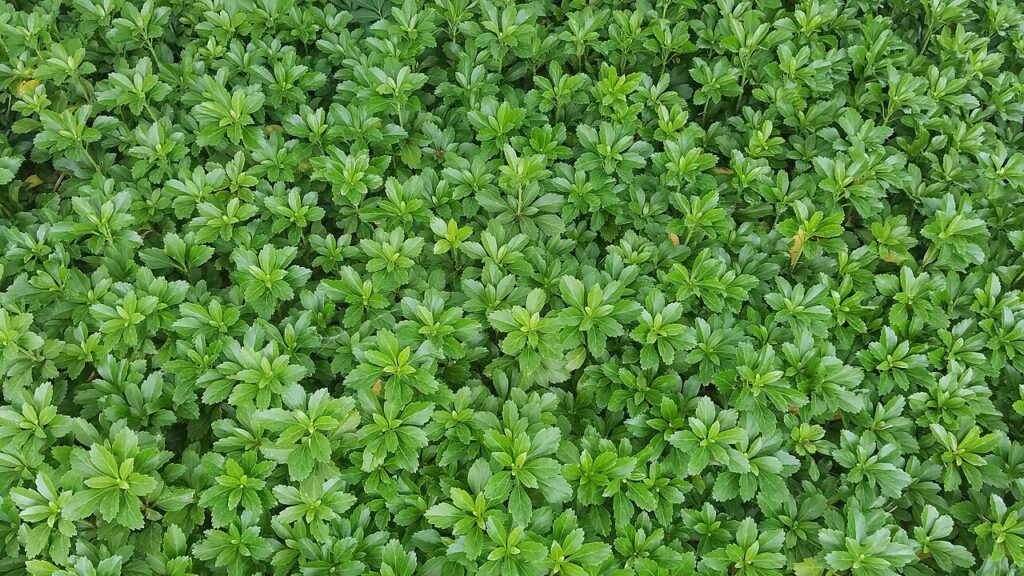
Pachysandra is a hardy ground cover that thrives in shaded areas with low water requirements. Its glossy, dark green leaves and spreading habit create a dense mat that prevents weeds from establishing themselves. This evergreen plant is especially useful for shaded garden beds or areas where grass struggles to grow.
The dense growth of pachysandra creates a natural barrier against weed growth by blocking sunlight and restricting the space available for weeds to germinate. It is also highly resistant to drought once established, making it a great low-maintenance option.
Kinnikinnick (Arctostaphylos uva-ursi)
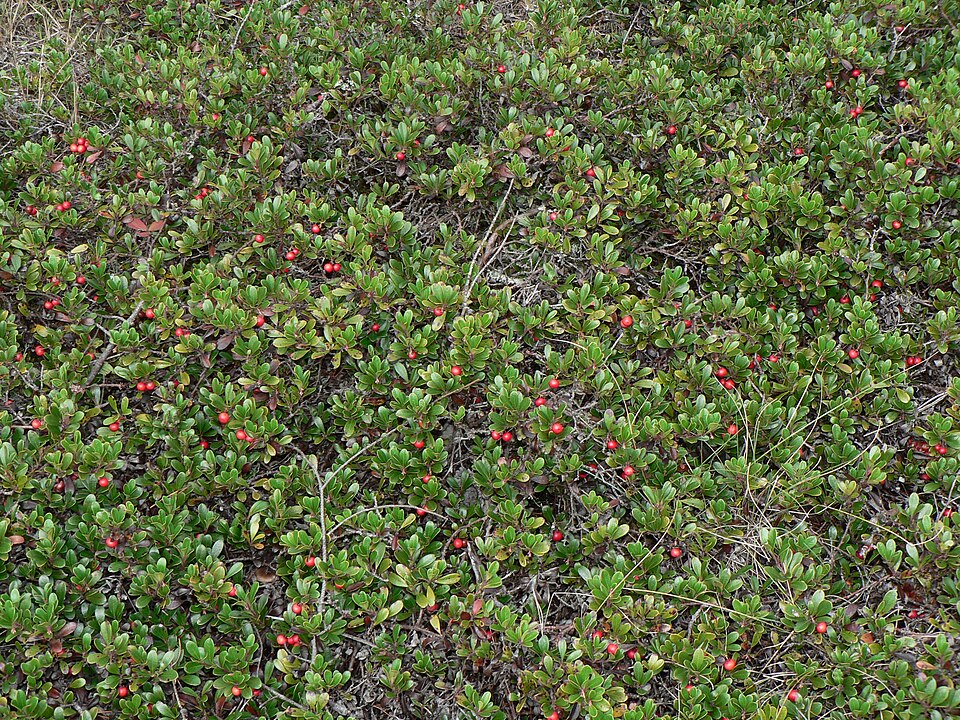
Kinnikinnick is a low-growing evergreen shrub that is perfect for dry, rocky soils. It forms a dense, mat-like ground cover that helps prevent weeds by spreading rapidly and blocking sunlight. Kinnikinnick is drought-tolerant and thrives in poor, well-drained soils, making it ideal for xeriscaping.
Its thick foliage and ability to grow in a variety of soil types make it an excellent choice for weed control. The plant’s dense, spreading growth helps prevent weeds from taking hold by covering the soil quickly and effectively.
Ice Plant (Delosperma)
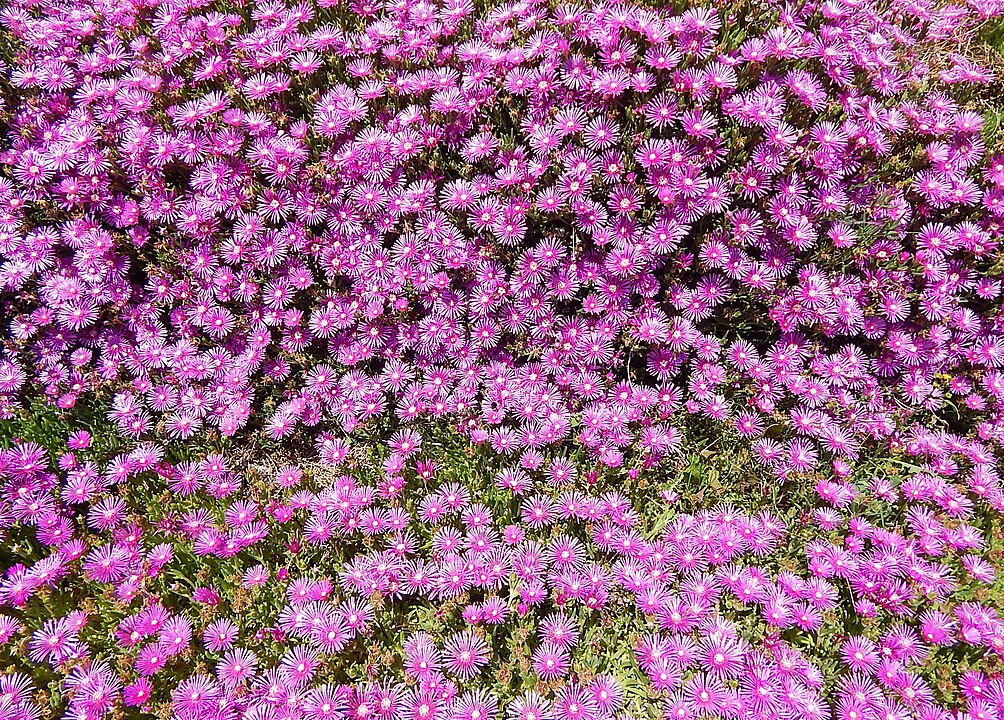
Ice plant is a succulent ground cover that thrives in dry, sunny areas with minimal water. Known for its bright, showy flowers, it spreads rapidly to form a thick mat that helps suppress weeds. The plant’s fleshy, water-storing leaves make it particularly well-suited for drought-prone regions.
Ice plant’s dense, succulent leaves grow closely together, covering the soil and blocking sunlight from reaching weed seeds. Its fast growth habit ensures that weeds are quickly crowded out, leaving little room for other plants to establish themselves.
Thyme (Thymus vulgaris)
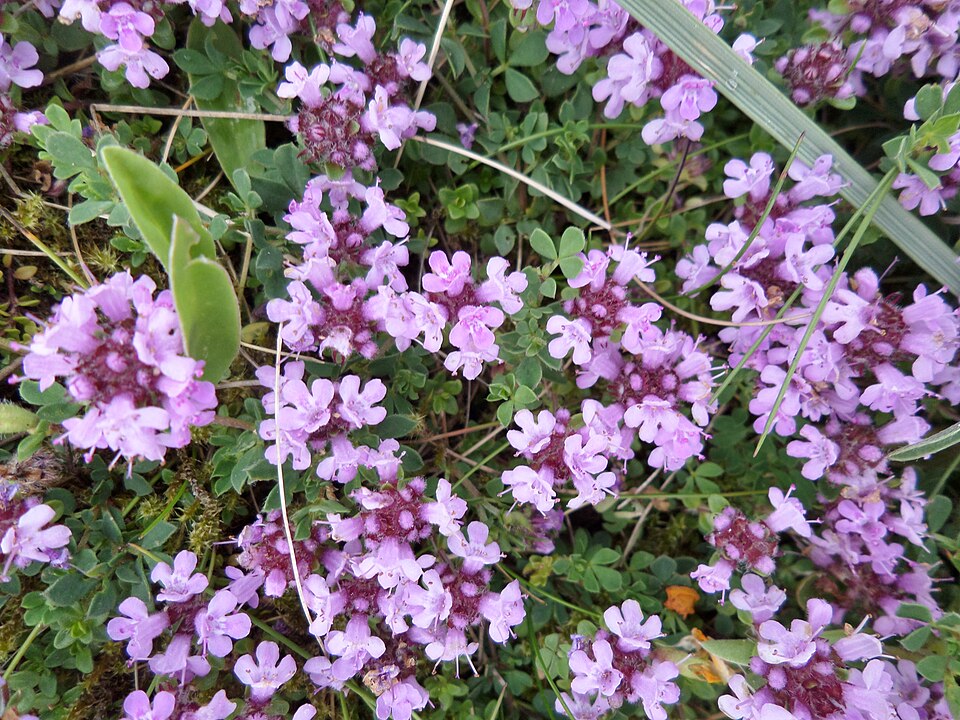
Thyme is a fragrant, drought-tolerant herb that works well as a ground cover. Its low-growing, spreading habit helps create a dense mat that suppresses weeds by covering the soil and blocking sunlight. Thyme thrives in well-drained soil and requires little water once established.
The small, tightly packed leaves of thyme help prevent weeds from taking root by crowding out other plants. As it grows, thyme’s dense carpet provides a natural barrier that inhibits weed growth, making it an effective and low-maintenance option for garden spaces.
Clover (Trifolium repens)
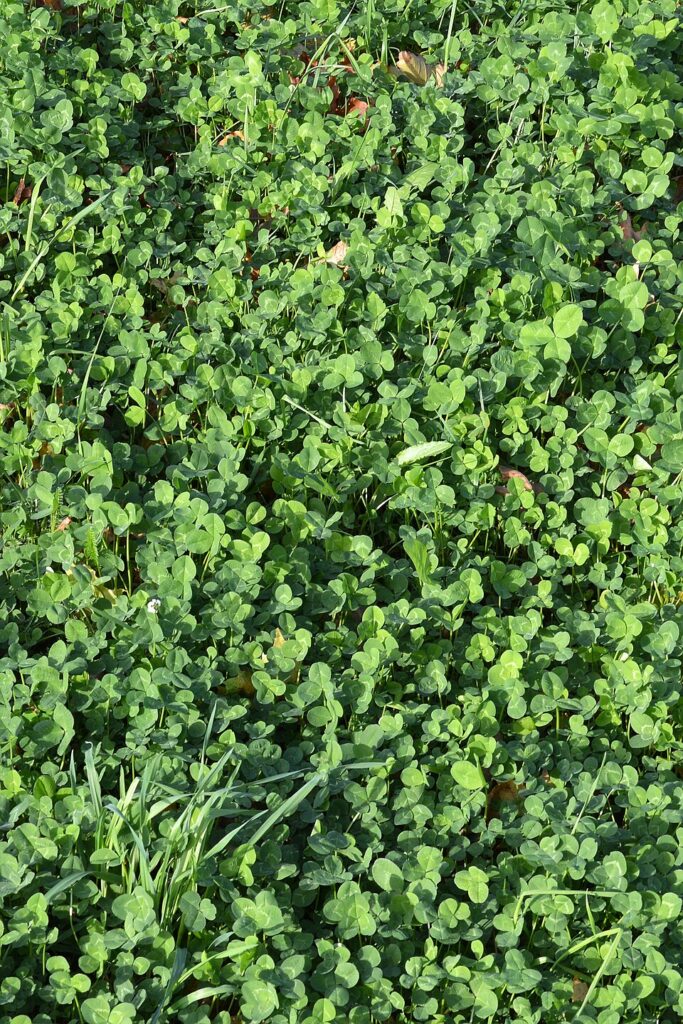
Clover is a low-growing plant that is drought-tolerant and effective at preventing weed growth. It forms a dense mat that covers the soil and inhibits weed seed germination. Clover is also nitrogen-fixing, which benefits the soil by enriching it with nutrients.
The rapid spread of clover helps to crowd out weeds by forming a thick carpet of foliage. Its ability to grow in poor soils with little water makes it a practical choice for drought-prone gardens. Clover’s dense growth provides excellent weed control while adding a lush, green cover to garden spaces.
This article originally appeared on Avocadu.
